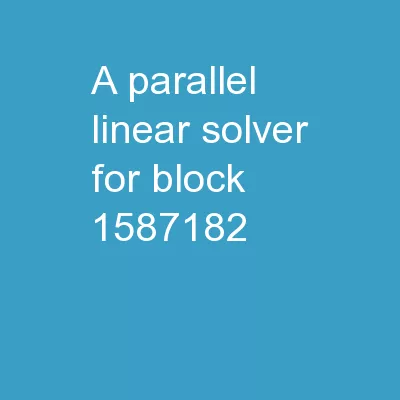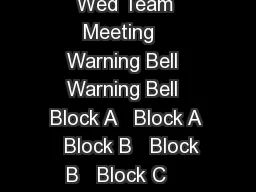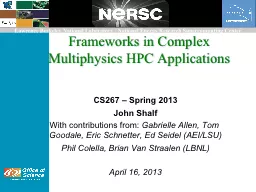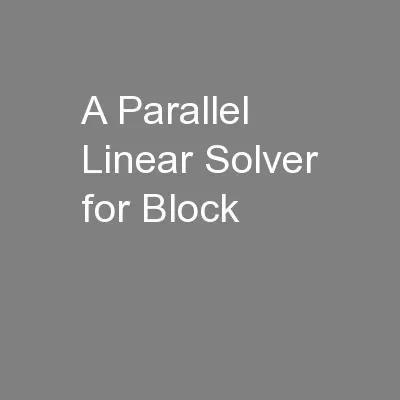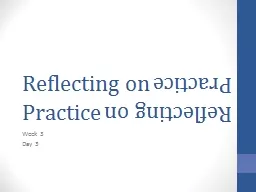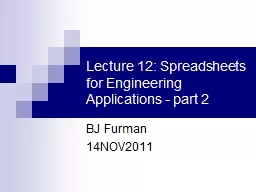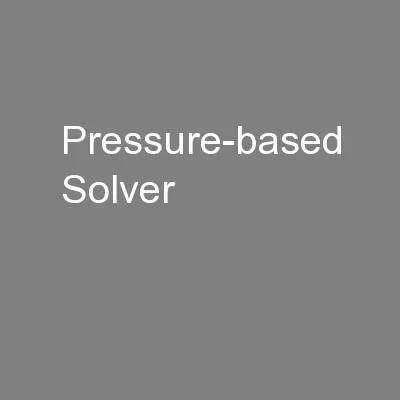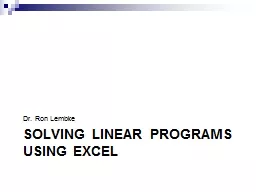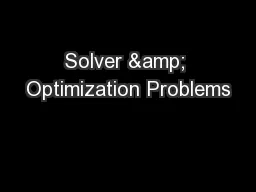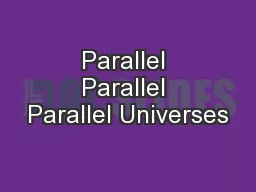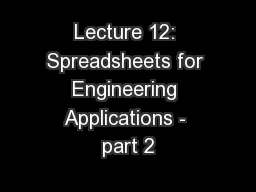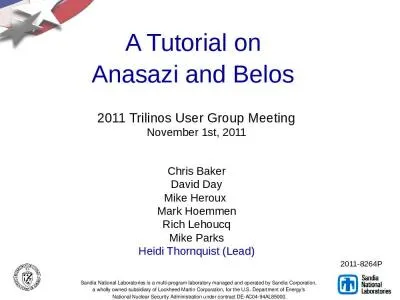PPT-A Parallel Linear Solver for Block
Author : kittie-lecroy | Published Date : 2018-11-24
Circulant Linear Systems with Applications to Acoustics Suzanne Shontz University of Kansas Ken Czuprynski University of Iowa John Fahnline Penn State EECS
Presentation Embed Code
Download Presentation
Download Presentation The PPT/PDF document "A Parallel Linear Solver for Block" is the property of its rightful owner. Permission is granted to download and print the materials on this website for personal, non-commercial use only, and to display it on your personal computer provided you do not modify the materials and that you retain all copyright notices contained in the materials. By downloading content from our website, you accept the terms of this agreement.
A Parallel Linear Solver for Block: Transcript
Download Rules Of Document
"A Parallel Linear Solver for Block"The content belongs to its owner. You may download and print it for personal use, without modification, and keep all copyright notices. By downloading, you agree to these terms.
Related Documents

